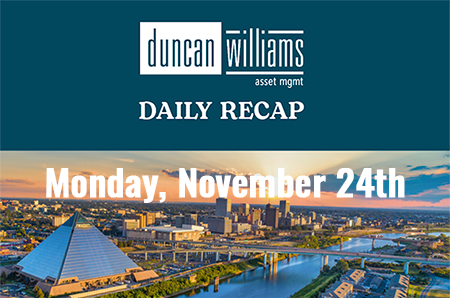
The amount of money you need to be among the top 1% of earners in the U.S. in 2025 depends a lot on where you live. Tennessee falls around the middle compared to other states. Even so, joining the top 1% in Tennessee still means earning a very high income, giving us insight into the state’s changing economy.
National picture vs. Tennessee
Across the country, most households need to earn a lot—often close to $750,000 or more—to reach the top 1%. While Tennessee’s threshold isn’t as high as those in expensive coastal states, it’s still much higher than what most families make, showing a big gap between regular people and the state’s wealthiest.
In 2025, you’d need to make just over $535,000 a year to be in Tennessee’s top 1%. This puts the state in the middle compared to others. Only a small number of households make this much, mostly in cities like Nashville, Memphis, and Knoxville.
Tennessee’s place among the states
- Tennessee’s top 1% threshold is much lower than in wealthy states like Connecticut, New York, and California, where you often need $800,000 or even close to $1 million to qualify.
- But it’s still higher than in lower-income states like West Virginia and Mississippi, highlighting Tennessee’s stronger job growth and economic expansion in recent years.
Since Tennessee doesn’t tax wages and salaries, high earners get to keep more of what they make than people in high-tax states. This mix of a moderate threshold and low taxes helps explain why so many professionals and remote workers have moved to Tennessee.
States with the highest thresholds
- Connecticut: just under or around $1 million
- Massachusetts and New Jersey: well above $800,000
- New York and California: in the high $700,000s to $800,000‑plus range
In these states, you need an extraordinary income to make it into the top 1%. That’s because the cost of living is high, competition for top jobs is fierce, and average earnings are much greater—especially in big cities.
States with the lowest thresholds
- West Virginia and Mississippi: in the high $300,000s
- New Mexico, Arkansas, and Kentucky: generally in the low‑to‑mid $400,000s
These states have the lowest bar for entry into the top 1% because both wages and living costs are lower. That means you don’t have to earn as much to stand out as one of the highest earners.
Tennessee in regional context
Compared to its neighbors in the Southeast, Tennessee’s threshold is higher than some, but lower than fast-growing, high-income places like Florida and Georgia. This shows that Tennessee isn’t a “low-wage” outlier anymore—the state now has a significant upper-income group, even as it still faces challenges with poverty and wage gaps in its rural areas.
For families and planners, the Tennessee numbers show that:
- To join the top 1% in Tennessee, you need to earn much more than most professionals. It usually takes executive pay, owning a successful business, or making a lot from investments.
- The gap between the top 1% and the average household is big. This raises concerns about affordability, housing, and economic opportunity—even in Tennessee, which is often seen as an affordable place to live.
Selected 2025 thresholds, including Tennessee
Tennessee
Just above $535,000
Texas
Roughly mid‑$600,000s
Florida
Upper‑$600,000s
Illinois
Mid‑to‑upper‑$600,000s
Colorado
Upper‑$600,000s
These numbers show that Tennessee’s 1% threshold is lower than in some big, wealthy states, but it’s still very high. Tennessee stands out as a “middle-tier” 1% state: it draws in high earners, but there’s still a big gap between the wealthiest households and everyone else.
Sources (URLs)
- https://worldpopulationreview.com/state-rankings/top-1-percent-threshold-by-state
- https://www.businessinsider.com/top-one-percent-income-per-state-2025
- https://finance.yahoo.com/news/much-earn-top-1-every-120225998.html
- https://www.tennessean.com/story/money/2025/01/06/what-is-the-cutoff-for-top-1-of-income-earners-in-tennessee/77108249007/
Disclosure
This document may contain forward-looking statements within the meaning of Section 27A of the Securities Act of 1933 and Section 21E of the Securities Exchange Act of 1934. These forward-looking statements are based on current expectations, estimates, and projections about our industry, management’s beliefs, and certain assumptions made by the company. Words such as "anticipates," "expects," "intends," "plans," "believes," "seeks," "estimates," and similar expressions may be used to identify such forward-looking statements.
Actual results could differ materially from those projected in the forward-looking statements as a result of various risks and uncertainties, including but not limited to changes in general economic conditions, competitive factors, and regulatory developments. The company undertakes no obligation to publicly update or revise any forward-looking statements, whether as a result of new information, future events, or otherwise, except as required by law.
Investors are advised to review the company’s filings with the Securities and Exchange Commission for additional information regarding risks and uncertainties that could affect the company’s business and financial results.












